Visiting Transnistria- The Unrecognised Soviet Breakaway State
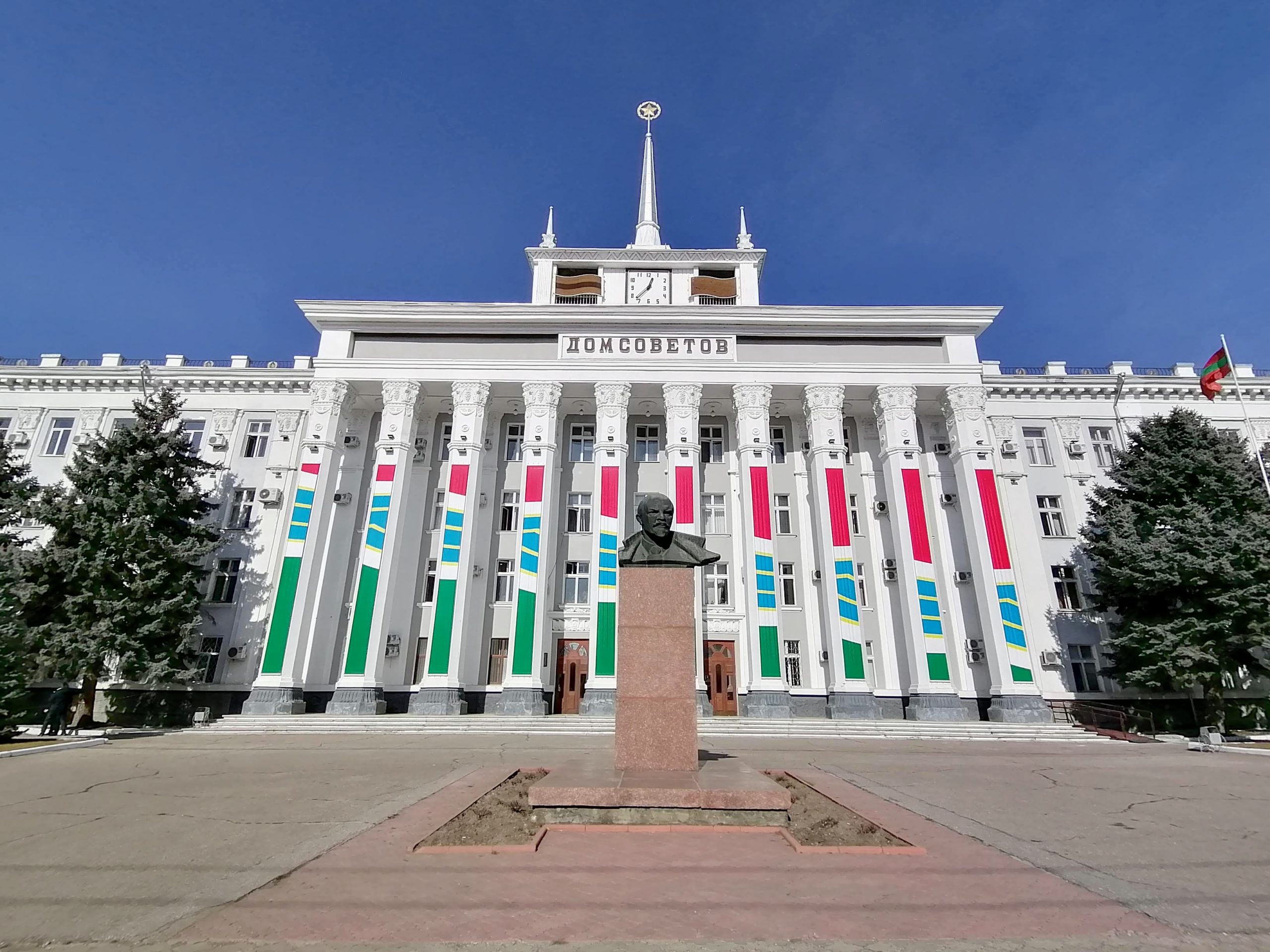
The House of Soviets
Transnistria is a slither of land between Ukraine and Moldova. It declared independence in 1990, just before the collapse of the Soviet Union, and has remained a time capsule since. Visiting this breakaway state was like travelling back in time to the USSR; a peculiar yet fascinating experience. We crossed a border (which took more than one attempt) and had our passports checked. Transnistria has it’s own flag (complete with Hammer & Sickle), constitution and coat of arms. However, apparently unknown to its 500,000 residents, Transnistria is not officially a country and isn’t recognised by the UN. It’s as if these half a million people are all playing along “fake-it-to-make-it” style, pretending to be an independent country. The border guards were certainly taking their duties seriously…
Crossing the border
We hired a private guide called Oleg to overcome the language barrier and to make sure we could fit everything in . He picked us up from our hotel in Chisinau, Moldova and drove us the hour-or-so to the border. Oleg was a friendly chap and gave us a fascinating insight to Transnistria on the journey, and outlined the plan for the day. We planned to start off visiting Bender (Tighina) and its fortress. After Bender we would move on to Tirasapol, the capital and get a glimpse into what life was like in this self-declared Soviet state.
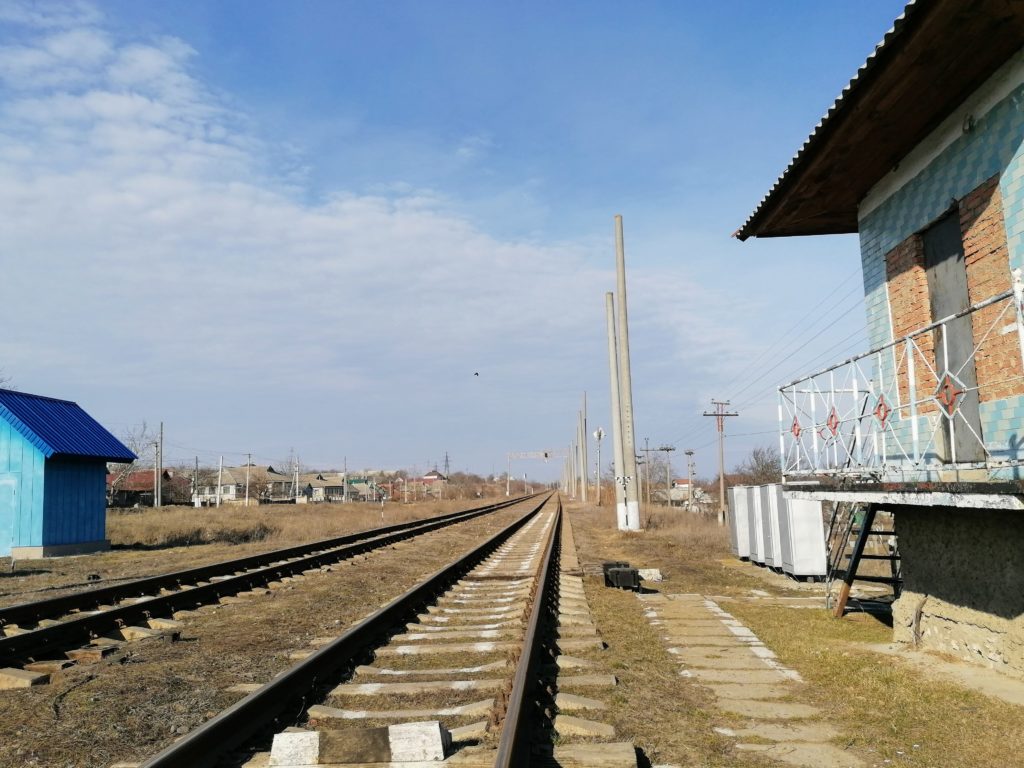
As we approached the border checkpoint, Oleg told us that he’d heard some other British tourists had been turned away at the border a few days before. We all got out the car, passports in hand. Taking photos here was forbidden and too risky.
When we reached the front of the queue, we handed our passports over and let Oleg do the talking. We waited nervously as the border official called his supervisor to get a second opinion. The official seemed to dislike us and Oleg was arguing our case. The main language of Transnistria is Russian, so we had little idea what was going on as we stood sheepishly in a corner trying to read their body language. After around 10 minutes of our passports being handed between angry-looking officials and us being ogled by numerous guards through the glass, Oleg told us we had been denied access.
Our hearts sank as we had put a lot of effort and time into planning this trip. However, Oleg wasn’t giving up, and we got back in the car to try another border checkpoint. Just a few miles down the road, we reached a smaller checkpoint. This guard was obviously in a better mood than the first, and waved us straight through, barely glancing at our passports. We were in, and on our way to Bender.
Visiting Bender (Tighina)
Bender is located in the buffer zone which was established at the end of the War of Transnistria. This historic city and fortress is situated on the other side of the River Dniester to the rest of Transnistria. The Joint Control Commission, a tri-lateral peacekeeping force and military command between Russia, Moldova and Transnistria is technically in control of this territory. However, Transnistria maintains de facto control.
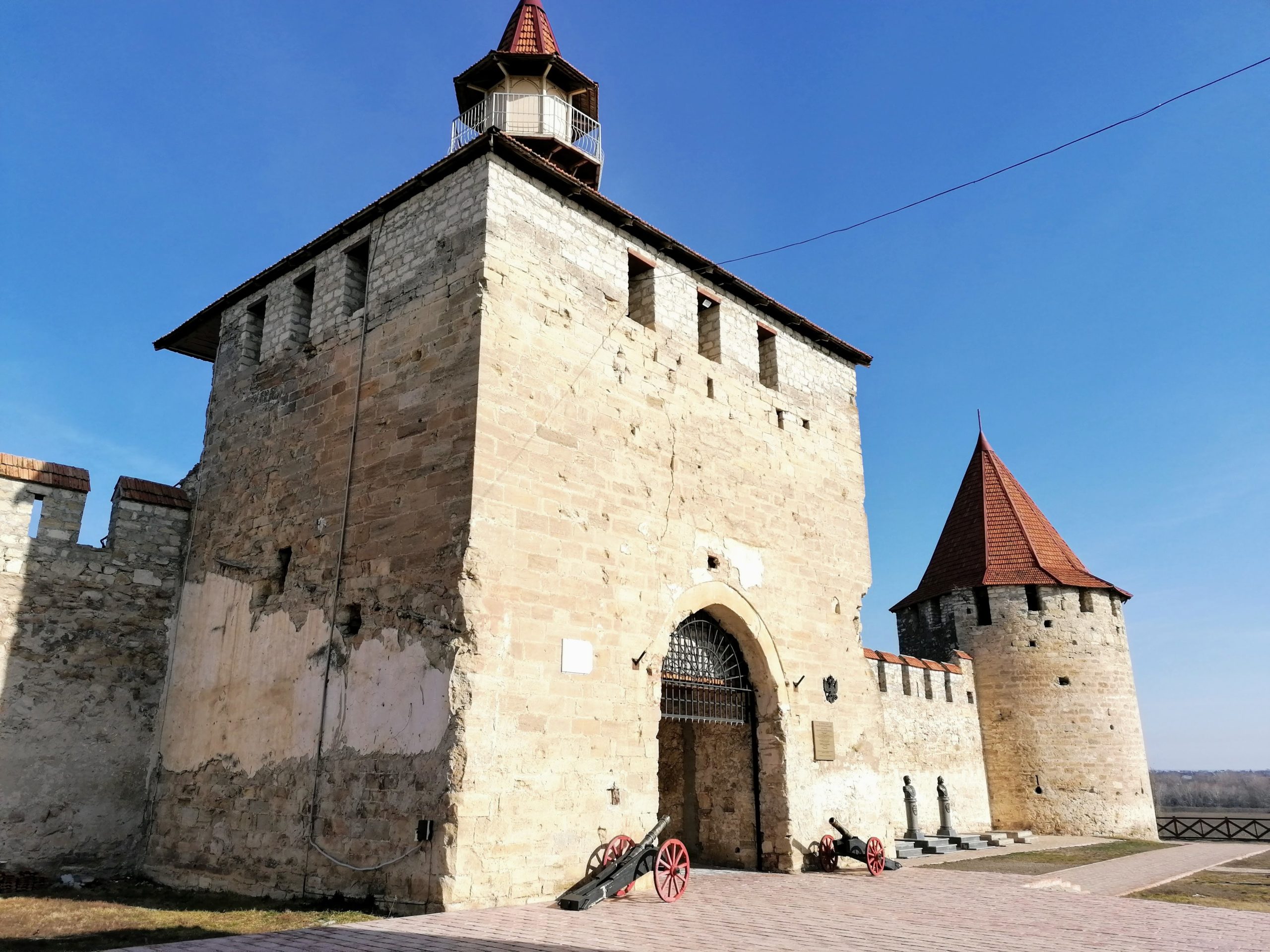
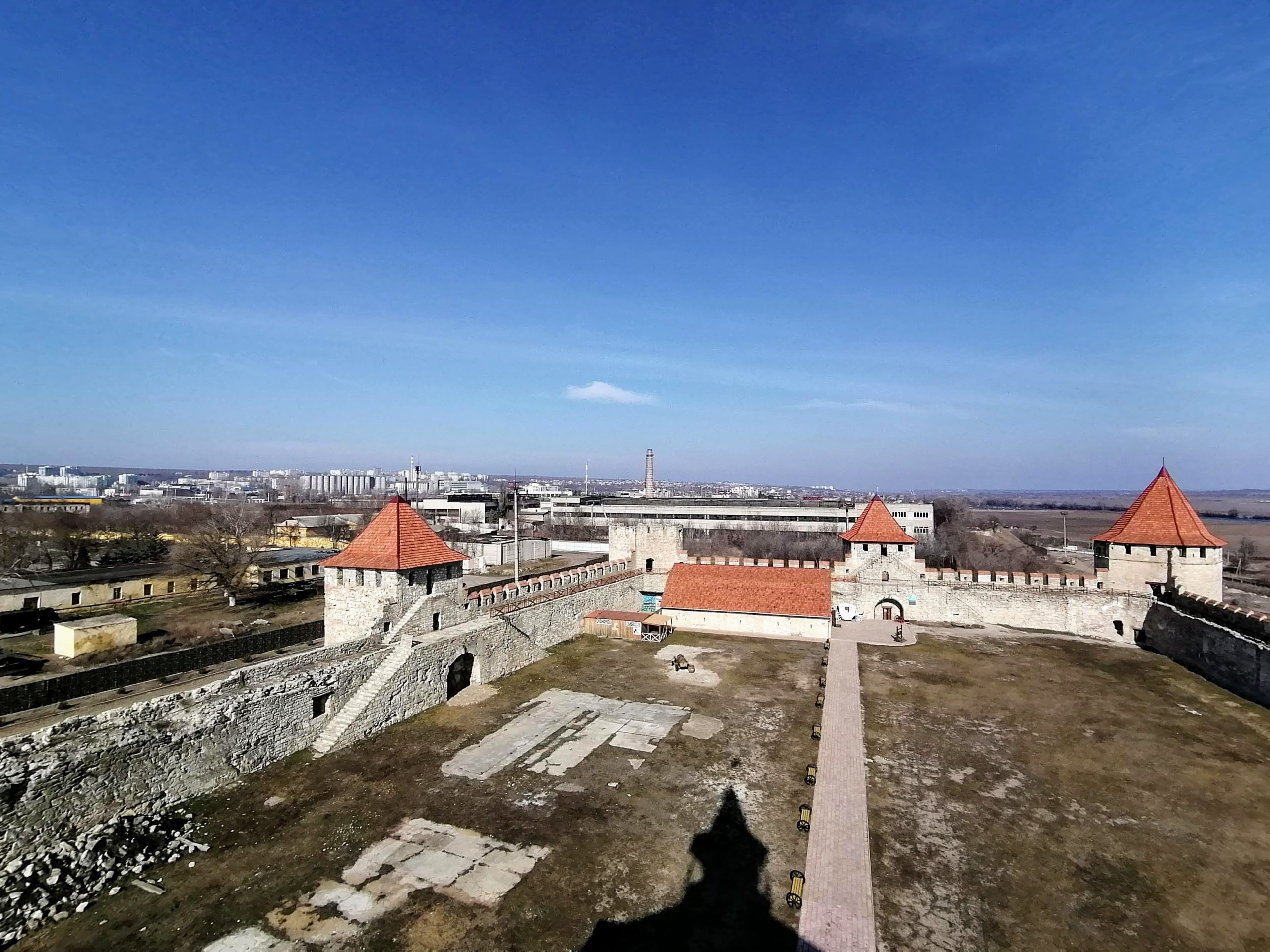
We explored Tighina Fortress, which played an important role in Moldova’s history. In the 15th century the town was the main customs point on the road to Crimea, a significant trade route. In 1538 the town was conquered by the Ottomans and the fortress was developed. The town and fortress were attacked and changed hands continuously over the centuries, ending up in Soviet hands at the end of World War II. Due to its location, Bender saw the heaviest fighting in the 1992 War of Transnistria.
Today, the fortress is a fascinating place to explore, with great views as you walk along the ramparts. There is a small museum inside the fortress showing some of the artefacts that have been excavated from the site. Next we visited the nearby Memorial of Military Glory consisting of a tank and eternal flame. It is dedicated to the approximately 1000 people who were killed in the four and a half month war. Though it was hard to reflect on this as the memorial was in the middle of two busy roads. However it acted as a poignant reminder that this was a recent event, with the disputes still running today. This could not be more pertinent as we set off for Tiraspol, passing military vehicles on the way.
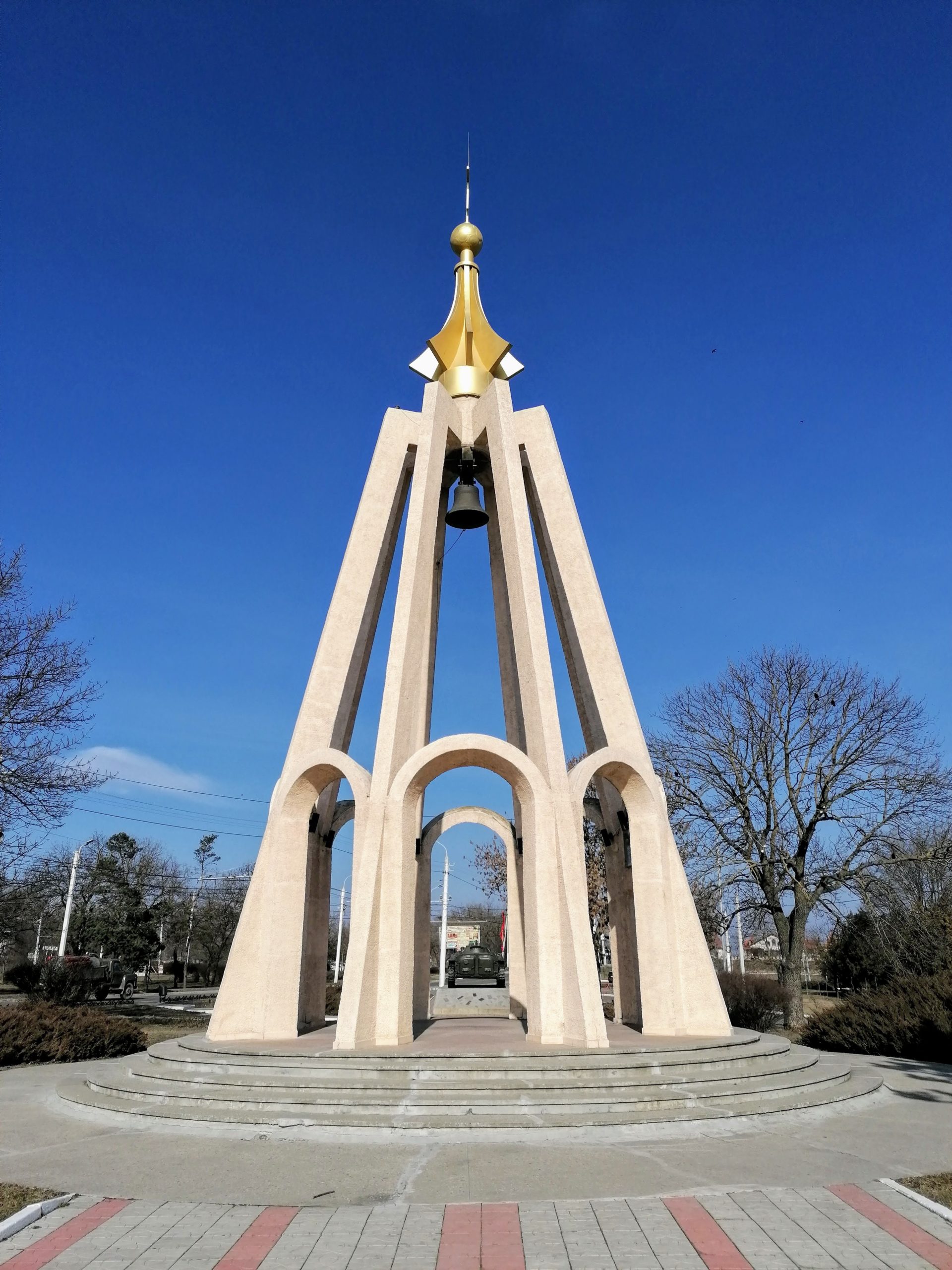
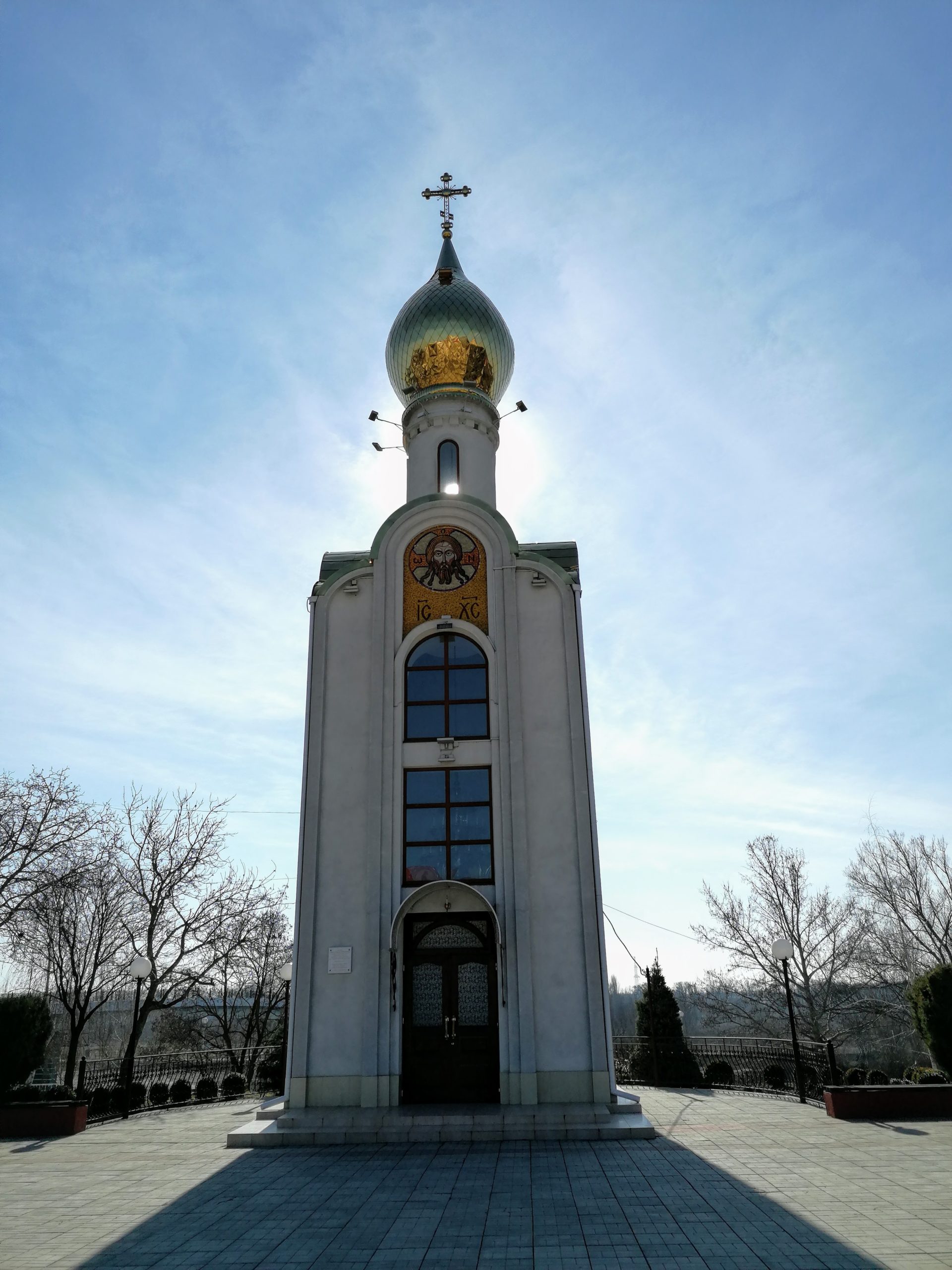
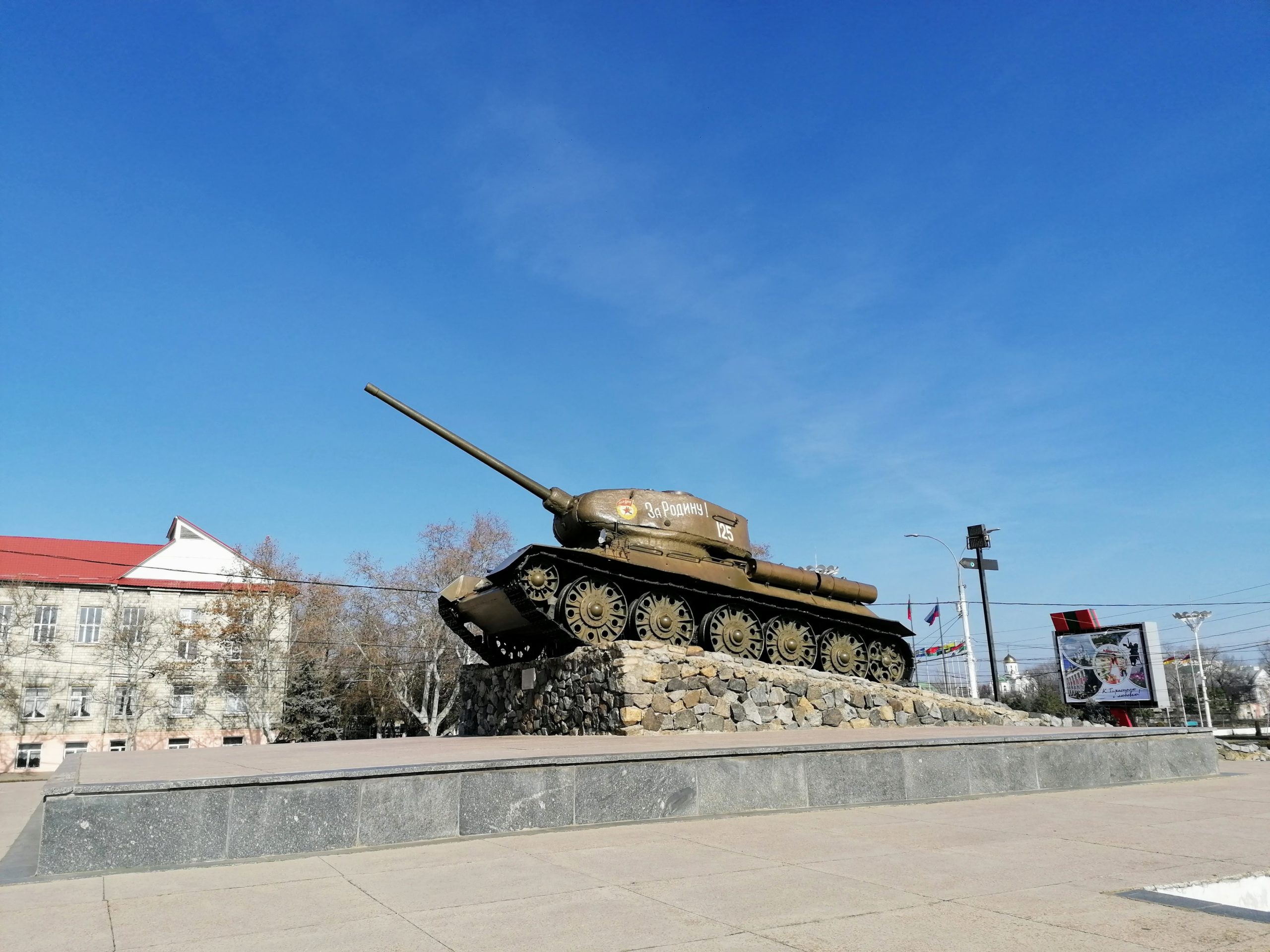
Visiting Tiraspol-Transnistria’s Capital
Tiraspol is the capital of Transnistria. It was occupied by German forces in 1941, and retaken by the Soviets in 1944. It has a large Russian population, contributing to the area’s separatist views and therefore its claim to independence. Transnistria broke away from Moldova at the end of the USSR, and Moldova began plans to unify with Romania. The ethnic Russians in this region saw this as a threat to their identity and language, leading to the declaration of independence. Russia supplied equipment to Transnistrian forces and eventually sent volunteers to fight for the Transnistrian cause. A ceasefire was signed on 21st July 1992, however the region is still internationally recognised as part of Moldova. The territorial issues remain unresolved, and only a handful of countries recognise Transnistria as an independent state.
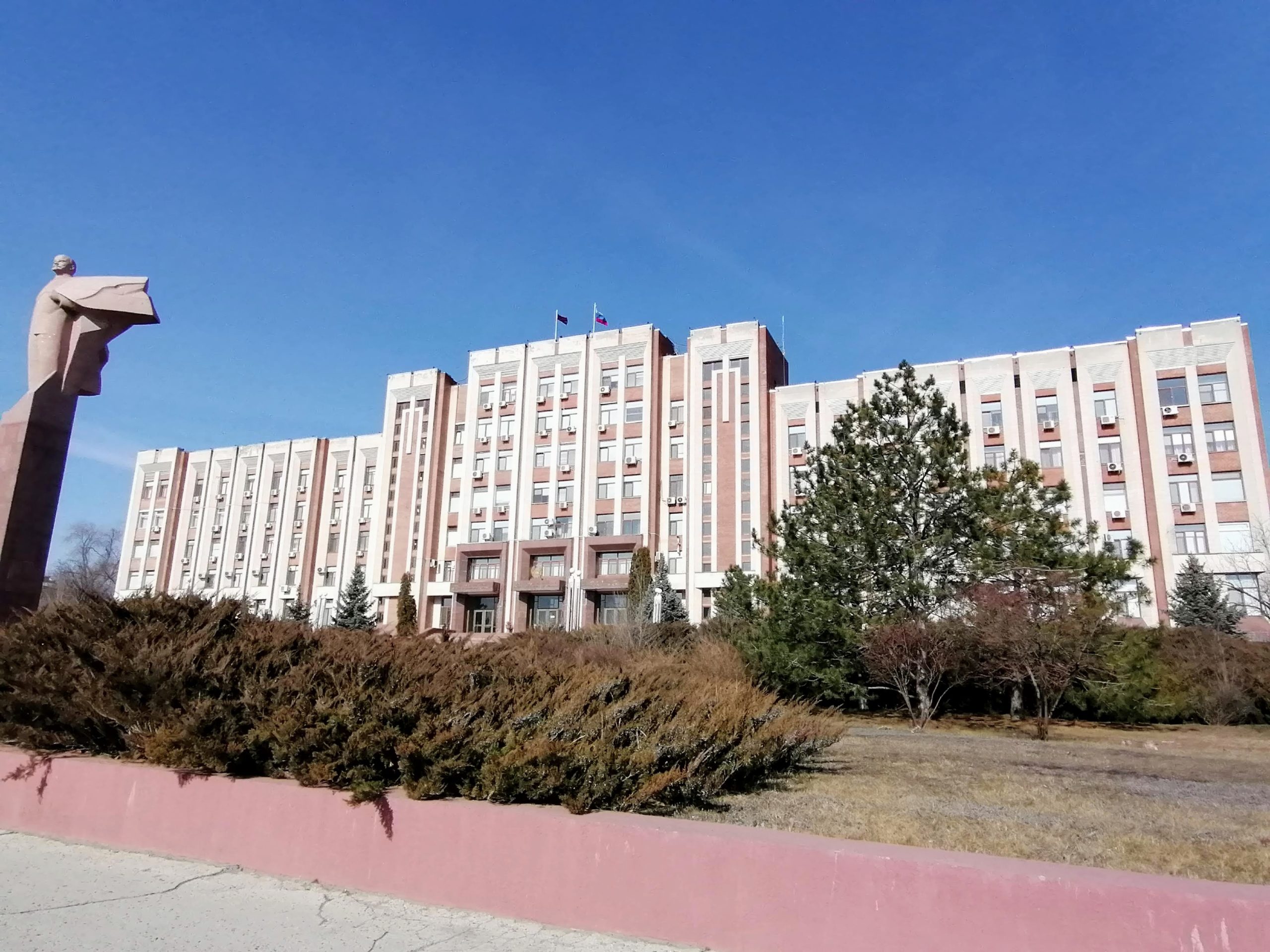
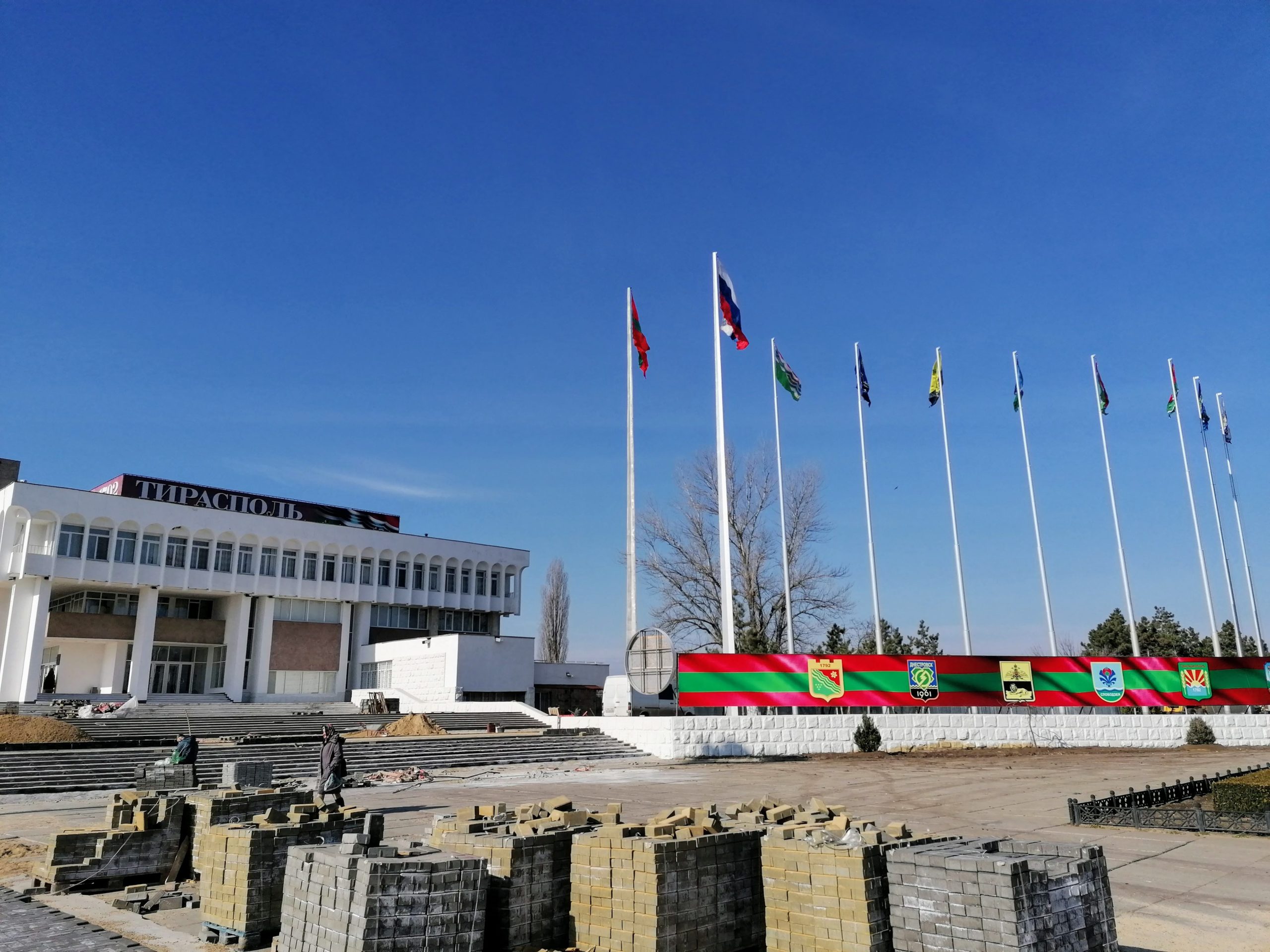

The Supreme Soviet Palace is the base of the communist government of Transnistria. Lenin stands proudly in front of the classic soviet architecture. As we walked along the main street of Tiraspol, taking in another monument to the war, the Soviet features stood out against what otherwise seemed like a relatively modern Eastern European city. Next we went into Tiraspol’s only tourist shop to look for souvenirs and chat to the shop owner. It is illegal to make purchases in currencies other than the Transnistrian Ruble. The shopkeeper seemed happy to have someone to talk to, and through our guide we asked her about the rumour of the Ruble being made from plastic. She gladly found us a plastic coin, and explained that it was commemorative, each coin showing a famous Russian.


Our next stop was the impressive House of Soviets, Tiraspol’s city hall. It was completed in 1956 in the Stalinist Empire style. The large photos of Transnistrian residents on a board outside exemplified the mindset of this nation. Being an equal society, those who performed well in their jobs can not simply be given a bonus or pay rise, so their recognition comes in the form of this celebratory wall of fame.
The Hidden Side of Transnistria
However, behind this polished façade, the poverty and isolation brought about by being in an unrecognised political limbo was not far from sight. Just one row behind the main street of the capital were shanty-style houses built from asbestos and corrugated iron. After the declaration of independence, the government privatised much of the region’s industry. Most companies were taken over by Russian or Ukrainian Oligarchs, who gained a monopoly. One company, Sheriff, which was founded by individuals with ties to Transnistria’s first President, today holds a tight grip over political and economic life in Transnistria. It owns supermarkets, banks, pharmacies, a mobile phone network and a football team. Perhaps being a Soviet communist outpost in 21st century Europe has not paved the way to the equality and quality of life that Lenin strived for.


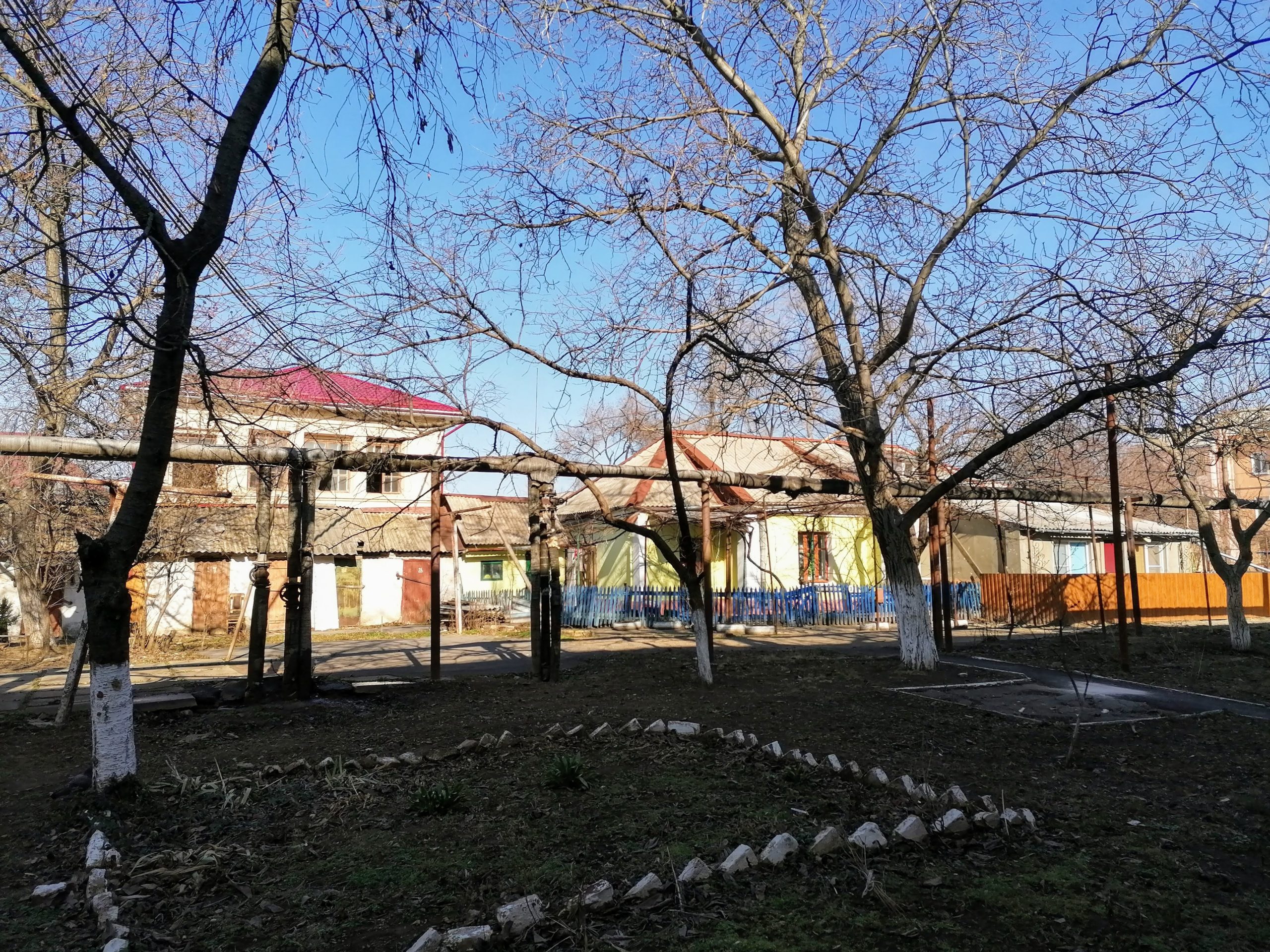
Is Transnistria worth visiting?
If you have an interest in Soviet Russia, Eastern European culture or exploring bizarre and unknown places you should add Transnistria to your bucket list. It is relatively easy and affordable to access and has plenty to see, do and witness. Visiting Transnistria is a truly unique experience, like travelling to a living museum. Every street corner you turn something catches your eye. Such vast differences in culture are usually only found when visiting different continents. The stark contrast between the western world and this final frontier of Soviet life made this trip an eye-opening and thought-provoking experience.
Last Updated on 28 September 2022 by Michael

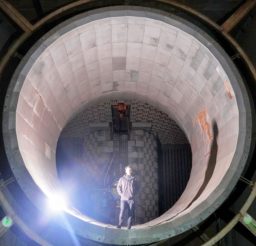



Hi! I was there last year. I must have had a bad experience. In Tiraspol, I asked a group of young people who, it seemed to me, could speak English, how to get to the migration center of Transnistria. As a result, they broke my nose. When I finally got to this center, they called the police. Then I had to explain how I ended up there and why my nose was broken. As they explained to me, I was beaten for the word “Transnistria”, which I carelessly used and which is a terrible insult. As a result, after several hours of interrogation about why I was engaged in provocations, I was forced to take a bus and urgently leave the region. I still don’t understand what I did wrong.
Hi Frank, that’s shocking to hear. We went with a local guide who presumably kept us away from any bad areas and was there to speak to the locals/translate on our behalf. Everyone we met was friendly and happy to talk about Transnitria and their lives.
Maybe you just shouldn’t insult people who haven’t done anything to you? If a person reads an article on the Internet where the word “Transnistria” is used as a real common name, he begins to believe that it is, and then he is surprised when he is responded to an insult. As a result, the blame for the conflict lies more with those who fill the Internet with provocative materials, and not with the layman, who is stupid by nature and does not know how to search for reliable information.
I’m not sure I quite grasp what you’re trying to say here, but Transnistria is a real name for a real place.
I’m not sure where this insult is here, other than you calling the layman stupid.